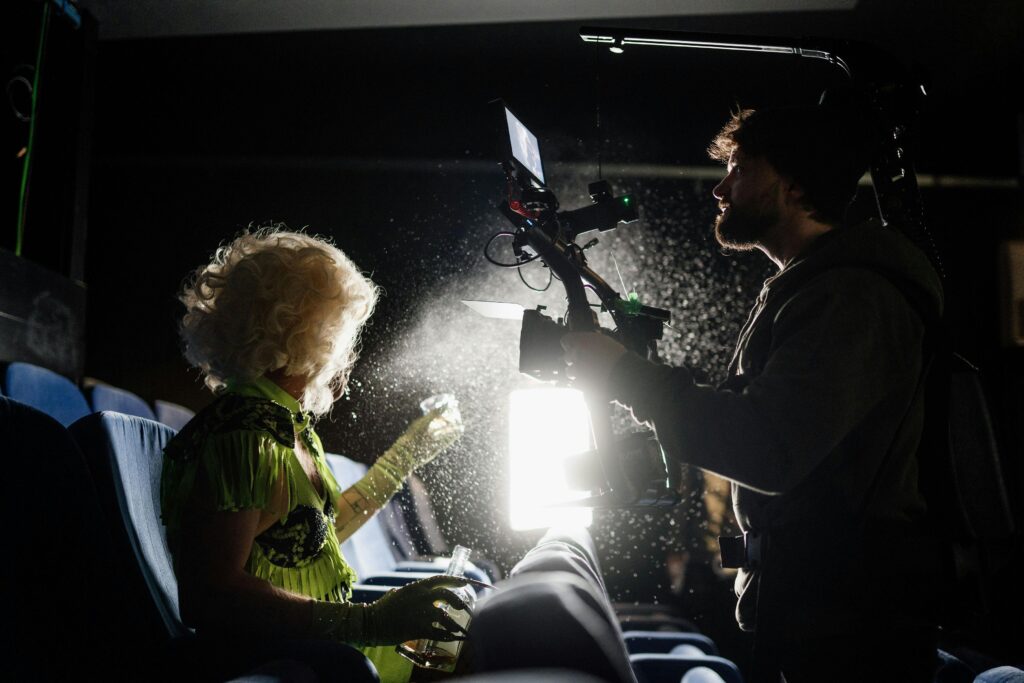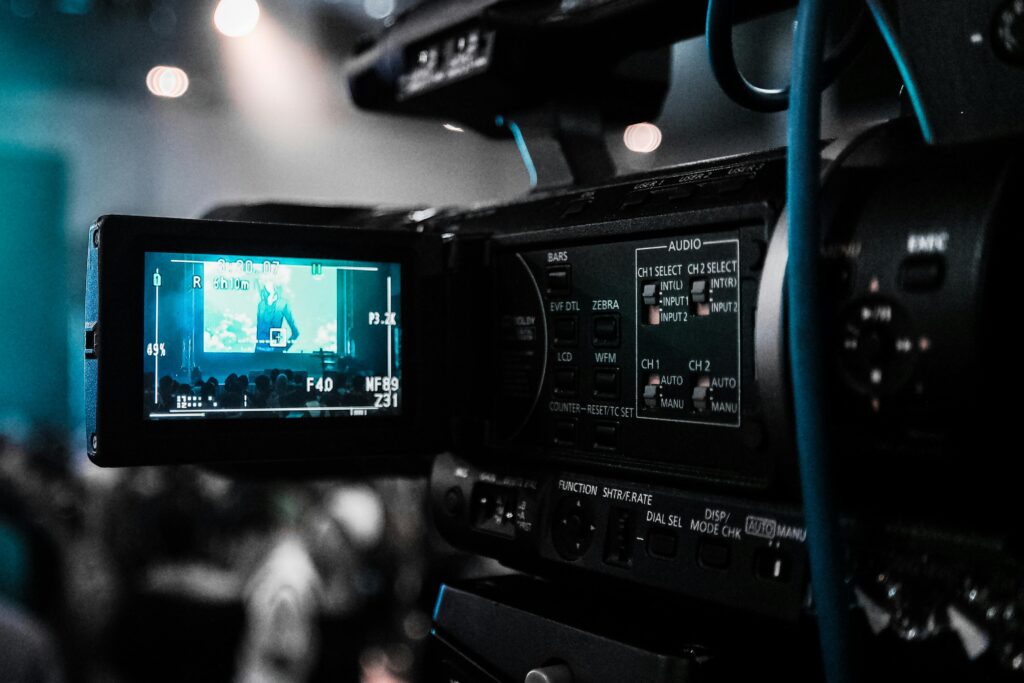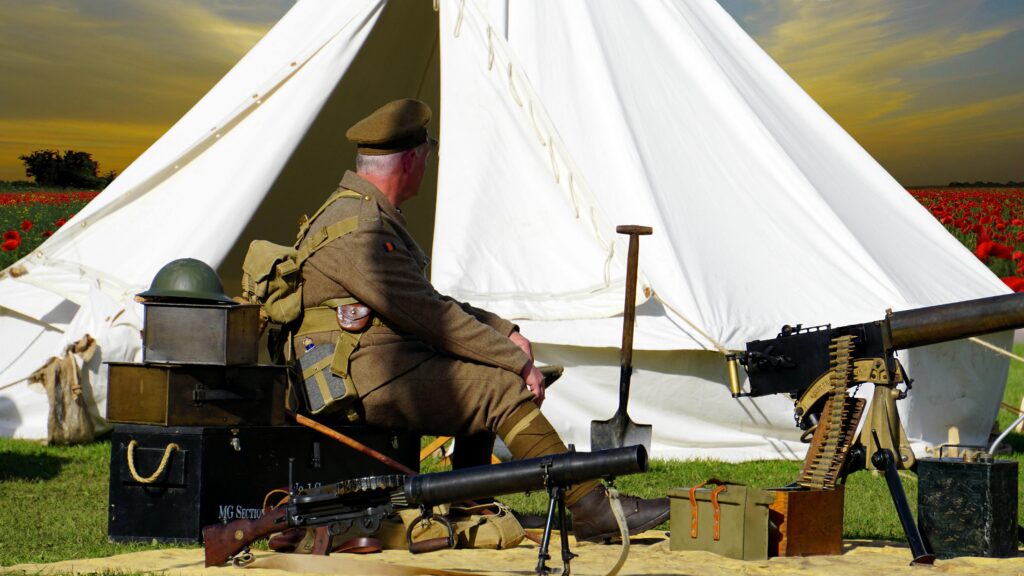In the intricate world of film production, numerous specialized roles collaborate to bring a director’s vision to life. One such pivotal position is that of the gaffer. But what is a gaffer in film, and why is this role so essential?
Defining the Gaffer: The Chief Lighting Technician
The gaffer, also known as the chief lighting technician, is the head of the electrical department on a film set. This individual is responsible for designing and executing the lighting plan, ensuring that each scene is illuminated to achieve the desired visual aesthetic. The term “gaffer” originates from British slang for a tool called the “gaff,” a hooked metal pole used in theater to adjust stage lights. Over time, the term evolved to denote the person wielding the tool, and eventually, the chief lighting technician in film production.
Key Responsibilities of a Gaffer
The gaffer’s duties encompass both pre-production planning and on-set execution. Their primary responsibilities include:
- Script Analysis: Reviewing the script to identify specific lighting requirements for each scene.
- Collaboration: Meeting with the director, producers, and director of photography (DP) to understand the visual goals and develop a lighting strategy that aligns with the film’s narrative.
- Equipment Selection: Determining the appropriate lighting equipment and ensuring it fits within the production’s budget.
- Crew Management: Assembling and leading the lighting crew, including set lighting technicians, lamp operators, and the best boy electric.
- On-Set Supervision: Overseeing the setup and adjustment of lighting during filming to maintain consistency and achieve the desired effects.
Gaffer vs. Grip: Understanding the Distinction
While both gaffers and grips play crucial roles in film production, their responsibilities differ significantly. The gaffer focuses on the electrical aspects of lighting, designing and implementing the lighting plan. In contrast, the grip department handles non-electrical equipment, such as rigging, stands, and diffusers, to support both lighting and camera operations. The key grip leads the grip team, working closely with the gaffer to achieve the desired visual outcomes.
Essential Skills and Qualifications for a Gaffer
To excel as a gaffer, one must possess a combination of technical expertise and interpersonal skills:
- Technical Knowledge: A deep understanding of lighting equipment, color theory, and electrical systems.
- Leadership Abilities: Effective team management and the ability to coordinate with other departments.
- Problem-Solving Skills: The capacity to address and resolve lighting challenges that arise during production.
- Safety Awareness: Ensuring all electrical setups comply with safety standards to protect the crew and equipment.
Pathway to Becoming a Gaffer
Embarking on a career as a gaffer typically involves a combination of education and hands-on experience:
- Educational Background: While formal education in film or electrical engineering can be beneficial, many gaffers gain knowledge through vocational training or apprenticeships.
- Entry-Level Positions: Starting as a production assistant or set electrician provides practical experience and industry insights.
- Networking: Building relationships within the industry can lead to opportunities for advancement.
- Continuous Learning: Staying updated on new lighting technologies and techniques is crucial for career growth.
Common Questions About Gaffers
Here are some frequently asked questions regarding the role of a gaffer:
- What is the difference between a gaffer and a key grip? The gaffer oversees the electrical aspects of lighting, while the key grip manages non-electrical equipment and rigging.
- Do gaffers need formal education? While not mandatory, formal education can be advantageous. Practical experience and industry knowledge are often more critical.
- How much does a gaffer earn? Salaries vary based on experience, location, and project budget. Unionized gaffers may have standardized rates.
- What tools do gaffers commonly use? Gaffers utilize various lighting instruments, meters, and accessories like gaffer tape to manage and modify lighting setups.
- Can a gaffer work in television and theater? Yes, gaffers can apply their skills across different mediums, including television and theater productions.
The Gaffer’s Impact on Film Production
The gaffer’s role is integral to the visual storytelling of a film. By meticulously designing and implementing lighting schemes, gaffers help set the mood, direct the audience’s attention, and enhance the overall cinematic experience. Their collaboration with the director and DP ensures that each scene is lit to perfection, contributing significantly to the film’s artistic and technical success.
Understanding the role of a gaffer sheds light on the complexities of film production and the collaborative efforts required to bring a story to the screen. Aspiring filmmakers and enthusiasts alike can appreciate the dedication and expertise that gaffers bring to the art of cinema.


